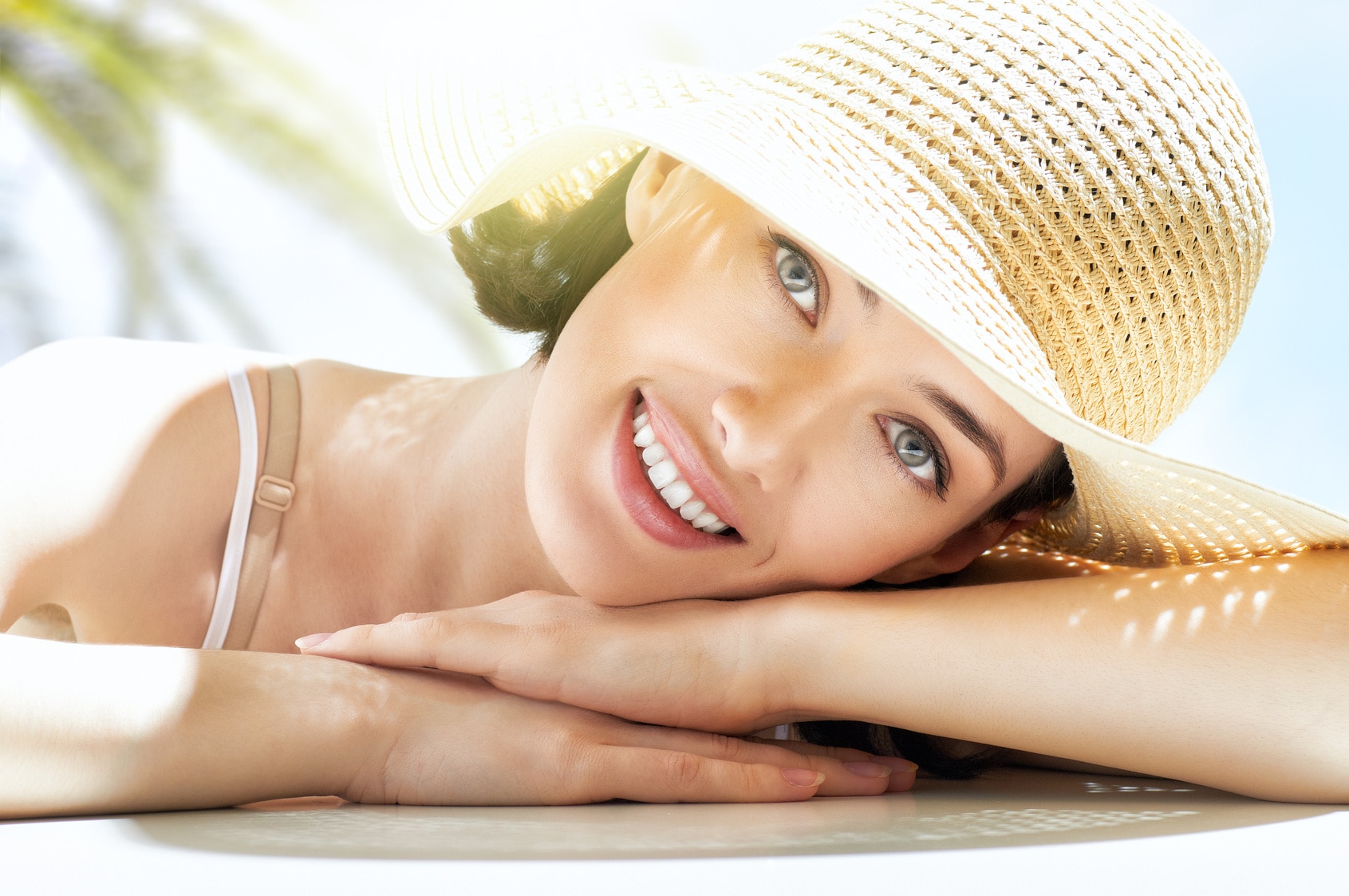Undoubtedly, living in sunny Greece is an important privilege. Exposure to solar radiation is beneficial for both mental and physical health. It enables us to produce vitamin D. Nevertheless, there is a documented correlation that exposure to the sun and the unpleasant experience of sunburns cause an increased incidence of skin cancer, especially the particularly malignant form that is melanoma
The medical philosopher Hippocrates centuries ago argued that "prevention is the greatest cure," so it's especially helpful to separate the myths from the truth when it comes to our sun exposure.
–Tanning is health. A deep tan protects us from the sun, like a natural sunscreen.
This is of course a myth. Yes, tanning is the body's own defense against damage caused by ultraviolet (UV) radiation, but tanning on white skin offers a Sun Protection Factor (SPF) of 4. Therefore, no tan is healthy. Light tanning may reduce the risk of burns, but there is still the risk of skin damage. In fact, tanning is not a sign of health, but of skin damage.
-The hyperultraviolet (UV) radiation in winter is not dangerous
It's wrong. In general, ultraviolet (UV) radiation is lower during the winter months, but reflection from snow can double total exposure especially at high altitude.
Artificial tanning with artificial tanning devices (solarium) is safe.
It's a myth. Artificial tanning devices cause tanning through ultraviolet A (UVA) radiation. UVA, although it tans without causing a sunburn, significantly increases the risk of skin cancer and without a doubt causes photoaging (premature aging of the skin). Also, the tan we get from exposure to these devices does not protect our skin from sunburn when we are exposed to sunlight, because sunburn is caused by ultraviolet B (UVB) radiation.
Under the shade of the umbrella we are protected from sunburn
It's a myth. The sun's rays penetrate the umbrella more or less, depending on the fabric it is made of, as well as its color. Also, the sun reflects off the sand and water, so it can find us even when you're complacently reading a book under an umbrella. We always need additional sun protection measures.
Our clothes protect us from the harmful effects of sun exposure.
Is true. Clothing provides the best protection from intense solar radiation. Short sleeve blouses are comparatively better than sleeveless as well as densely woven garments. Prefer dense weaving. If you can see your fingers through the fabric, then the particular garment cannot protect your child from the sun. Cotton T-shirts provide less than 4 to 10 SPF protection. It is also a good idea to wear a wide-brimmed hat and good quality sunglasses (as UV rays are also harmful to the eyes). Today, special clothes for children, including swimwear, are available on the market, with an integrated sun protection index (index up to 50). But we must not forget that wet clothes lose half of the protection they provide (less than 3 SPF) against UV rays.
Should we avoid exposure to the sun during midday hours?
It's correct. It is wise to avoid direct sun exposure, especially between 11:00 A.M. and 3:00 p.m
Gradual tanning protects us from sun exposure.
It's correct. In general, the rule is that the skin should gradually get used to solar radiation. Skin that has gradually and continuously tanned can withstand UV radiation up to 10 times better than untanned skin. Everyone also needs to know the specific personal protection time that applies to their photograph (combination of skin color and hair color), in other words, the maximum permissible time of sun exposure without protection.
Can sunscreen make acne worse?
It's a myth. It can only be noticed if we use the wrong sunscreen. Patients with acne on the face and/or back or with oily, acne-prone skin should use special sunscreens. They should avoid very greasy creamy or oily compositions and sunscreens with natural filters. A sunscreen gel or spray with a clear texture is suitable for the body. For the face, a thin-flowing product that will state that it is "oil free" and "non comedogenic", suitable for oily or acne-prone skin, is preferable.
Does melanoma only appear on parts of the body that are exposed to the sun?
It's a myth. Melanoma does not always appear on parts of the body that are exposed to the sun. It's a good idea to self-examine our skin often and see our dermatologist if you notice any changes.
The right care of your skin that it should become a daily habit
Healthy skin care habits throughout our lives can reduce the symptoms of skin aging. Do the following:
- Soap your face with a mild cleanser and lukewarm water twice a day.
- Pat your skin dry. Do not rub it.
- Clean your skin from water cells 2 times a week.
- Apply moisturizer to your skin immediately after a bath or shower.
- Wear sunscreen every day.
- If you are a woman and wear make-up, make sure that you leave your skin clean and free of make-up residues at certain times of the day.
- Do not artificially tan. (tan lotion / tanning bed)
- Keep your diet healthy and drink plenty of water.
- Get enough sleep every day.
- Quit smoking.
- Avoid stress and anxiety.
- Check your skin every month for any signs of malignancy.
- Visit your dermatologist once a year.
Antiaging Treatments
Beyond prevention today there is a wide range of methods to slow down the effects of aging on the skin. See the section aesthetic dermatology for more information on:
- Botox
- Peeling: Dermabrasion / Chemical / Combined Treatments
- Hyaluronic Implant
- Baby Botox
- Non-surgical lifting with threads
- Vampire Facelift (PRP – Autologous Mesotherapy)

